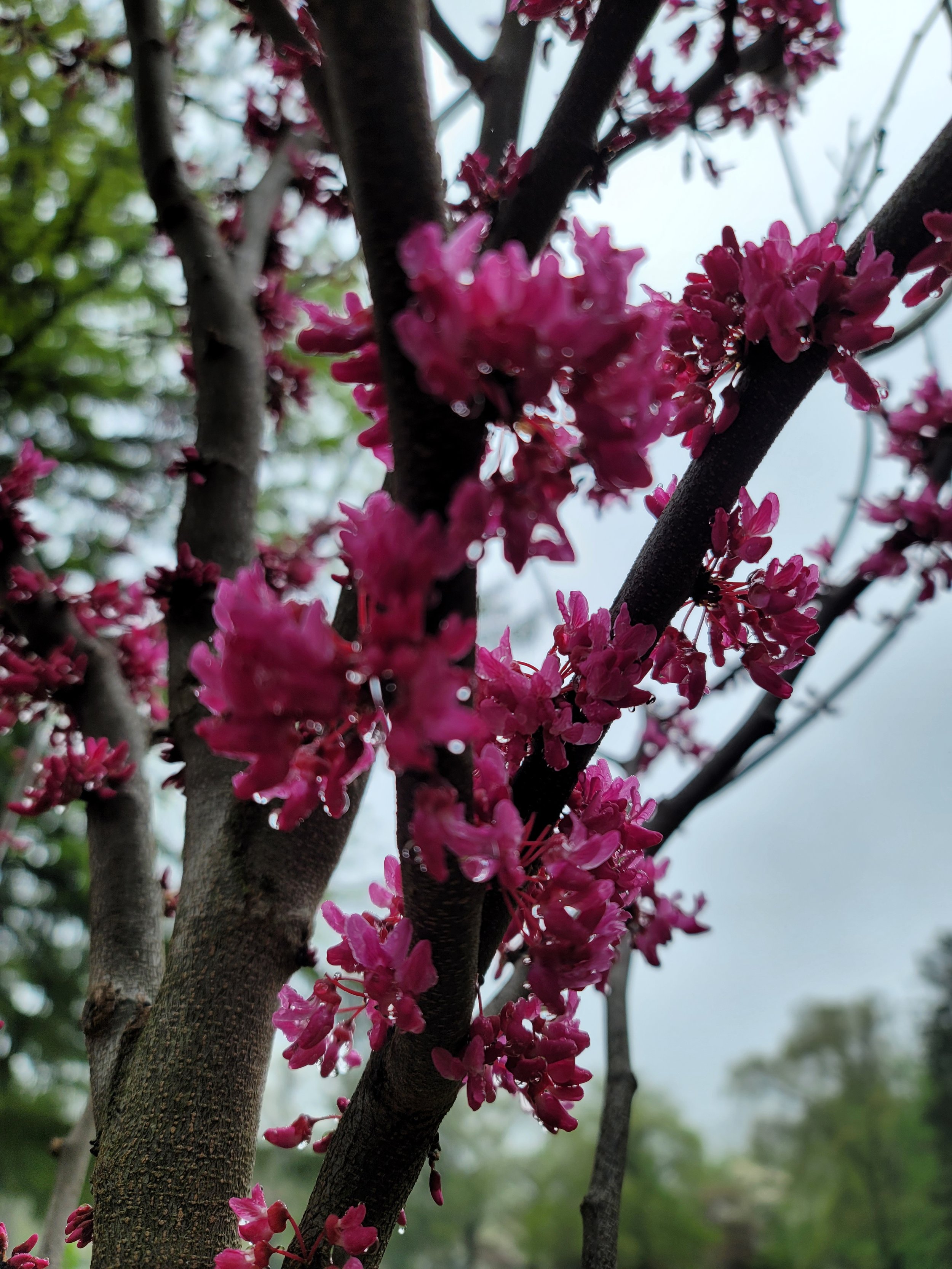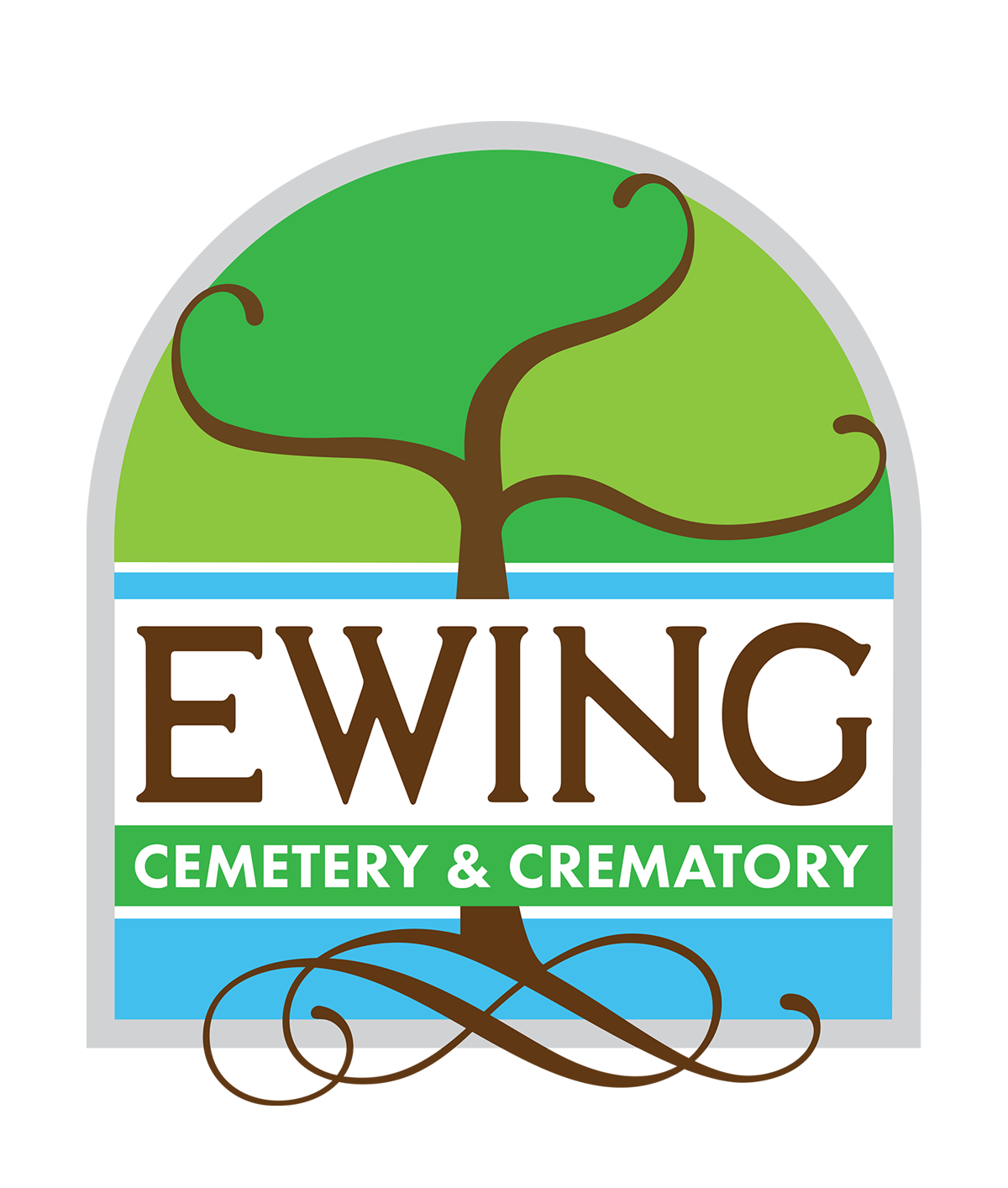
Ewing Cemetery Arboretum
the Arboretum at Ewing Cemetery
Arboretum
\är-bə-ˈrē-təm\
: a place where trees, shrubs, and herbaceous plants are cultivated for scientific and educational purposes
Cemeteries— more than Just Final resting Places
Cemeteries also provide tranquil green spaces teeming with tree and plant life. With this comes the responsibility for a proactive approach to care for our natural assets making sure they thrive and do not put our memorial and art assets in danger.
We keep an inventory of our trees and bushes and their overall condition, which may include the observation of pests, disease, or defective tree parts. This data, in turn, helps us determine which high-risk trees are near important assets by overlapping a map of potential targets with the physical location of each tree.
This also gives us the ability to create guided tree walks and tours using our tree management software right from your mobile phone! Click on the “Explore” button to see more.
-
Ewing Cemetery contains 39 cataloged species of trees, from 149 Northern White Cedars to a single Chinese Fringe Tree and we are adding more unique species every year.
-
Ewing Cemetery has approximately 24 unique species of woody shrubs and plans to add more every year.
-
Every tree planted, every city greened, every forest managed, and green space created has an indelible impact on the human lives nearby. The evidence for trees’ beneficial impact on human health is mounting, replacing the belief that trees are simply aesthetically pleasing or clean air and water machines. In myriad ways, we are seeing research support what we have felt in our hearts to be true: Trees really are the answer.
Let’s take heart disease, the number one killer in the U.S. today. One in four Americans deaths is caused by heart disease each year, at a cost of $219 billion and climbing. Most people are familiar with risk factors such as smoking, unhealthy diet, excessive alcohol use, and inactivity, but a study by U.S. Forest Service researcher Geoffrey Donovan, Ph.D. et al. showed that a decrease in access to forested green space is another likely risk factor. The researchers looked at data on cardiovascular deaths in 15 states prior to the deforestation attributable to emerald ash borer, and again after the loss of 100 million ash trees. They found the loss of ash trees was responsible for an additional 15,080 heart disease deaths, even when controlling for other factors that could contribute. Other studies, from Toronto to Miami, have shown similar relationships—people living in greener areas have lower rates of heart disease.
In 2017, Dr. M. van den Bosch et al. rigorously analyzed a combination of 13 meta-analyses reviewing the existing literature on green space exposure and health. They found that areas with increased green space around the locations where people lived led to a significant reduction in cardiovascular disease. The proximity to green space seemed to have several positive effects on heart disease risk factors and also showed a protective effect on heart disease independent of the other benefits.
Author: Dr. Jennifer Wisdom is a Family Medicine physician with a passion for trees and human health. https://www.davey.com/environmental-consulting-services/resources-news/trees-the-heart-of-a-healthy-community/
